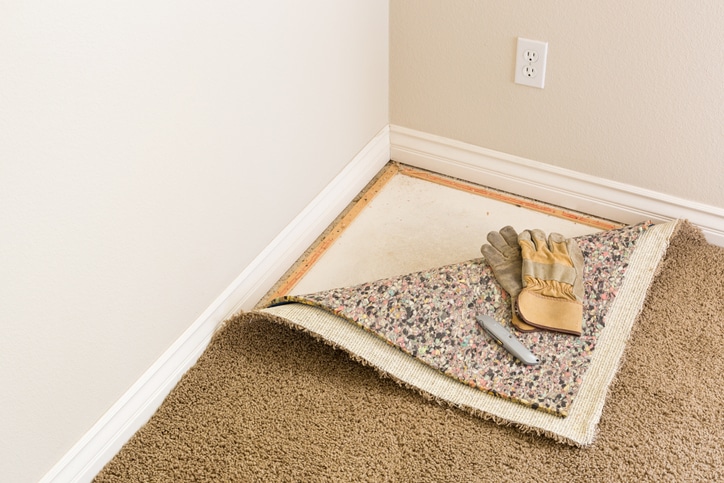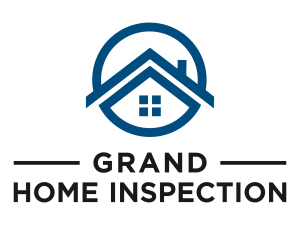Mold is among the top concerns buyers have – and rightfully so! On top of causing health complications, mold remediation can be an expensive and complex project.
Often mold is found in hidden in areas that are tricky to access, meaning many homeowners don’t know it’s there. Here’s the top five places our inspectors find mold:
Finished Basements
Keeping a finished basement free of moisture can be a challenge, especially as homes age. There are many factors that can lead to basement leaks, including improper landscape grading (meaning water is not directed away from the home and pools at the foundation), broken gutters or downspouts or a broken sump pump.
Mold growth is common in basement carpeting, as when carpet gets wet…. It can potentially stay wet for a while before being discovered, allowing mold to grow. The underside of the carpeting can also be wet without the top, visible portion appearing wet.
If you smell a moldy or musty smell in your basement carpeting, the chances are high that there is some mold growth under the carpeting. We suggest pulling back a corner of the carpeting to check out what’s underneath. If you see mold-like substances, our recommendation would be to have professional mold testing done.

Attics
We find staining in attics all the time. While staining doesn’t necessarily mean mold is actively growing, it is a sign that there is moisture intrusion in the attic. We include all staining in attics and will often suggest further mold testing to determine if there is mold growth that needs immediate attention.
Moisture intrusion in attics is caused by poor ventilation which is commonly eliminated by installing additional vents.
Bathrooms
Bathrooms are humid places and, thus, mold can grow just about anywhere in a bathroom: showers, tile grout, on walls, ceilings and tubs.
The sure-fire way to cut down on humidity in the bathroom is to make sure your bathroom fan is in working order. It’s worth your while to replace a broken one! You may also want to consider replacing your traditional switches with those with a timer or humidity sensor built in. That will ensure that the fan is run long enough to bring humidity levels down.
Unfinished walls at walkout basements
When warm, summar air comes in at the cool basement level via a walkout, it can often cause condensation on the insulation, which can eventually cause mold growth. This is quote common in newer homes, which are more likely to feature walk-out basements.
Behind stuff stored along outside walls
The heat in our homes also warms our outer walls, preventing condensation on the wall. The problem occurs when too much stuff is placed against the wall and prevents the heat from reaching the wall. Condensation forms and eventually mold follows. Yikes!
